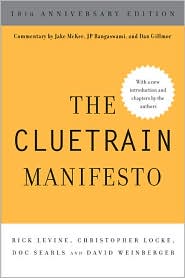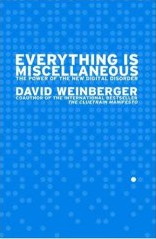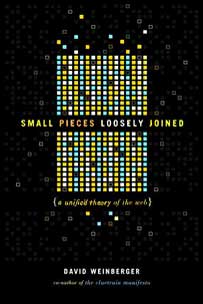January 31, 2022
Meaning at the joints
Notes for a post:
Plato said (Phaedrus, 265e) that we should “carve nature at its joints,” which assumes of course that nature has joints, i.e., that it comes divided in natural and (for the Greeks) rational ways. (“Rational” here means something like in ways that we can discover, and that divide up the things neatly, without overlap.)
For Aristotle, at least in the natural world those joints consist of the categories that make a thing what it is, and that make things knowable as those things.
To know a thing was to see how it’s different from other things, particularly (as per Aristotle) from other things that they share important similarities with: humans are the rational animals because we share essential properties with other animals, but are different from them in our rationality.
The overall order of the universe was knowable and formed a hierarchy (e.g. beings -> animals -> vertebrates -> upright -> rational) that makes the differences essential. It’s also quite efficient since anything clustered under a concept, no matter how many levels down, inherits the properties of the higher level concepts.
We no longer believe that there is a perfect, economical order of things. “We no longer believe that there is a single, perfect, economical order of things. ”We want to be able to categorize under many categories, to draw as many similarities and differences as we need for our current project. We see this in our general preference for search over browsing through hierarchies, the continued use of tags as a way of cutting across categories, and in the rise of knowledge graphs and high-dimensional language models that connect everything every way they can even if the connections are very weak.
Why do we care about weak connections? 1. Because they are still connections. 2. The Internet’s economy of abundance has disinclined us to throw out any information. 3. Our new technologies (esp. machine learning) can make hay (and sometimes errors) out of rich combinations of connections including those that are weak.
If Plato believed that to understand the world we need to divide it properly — carve it at its joints — knowledge graphs and machine learning assume that knowledge consists of joining things as many different ways as we can.








